Translation of the article content into English:
Have you ever thought about the Chinese women's volleyball team that once stood at the pinnacle of the world, making countless Chinese people so excited that they were moved to tears, now facing the awkward situation of a lack of successors? Yes, in the Los Angeles Olympic cycle, the Chinese women's volleyball team embarked on an extremely complex path - this is both an opportunity and a test. Whether it is to rise again or to be weak in the future, this team stands at an important crossroads in history.

The four words "women's volleyball spirit" are key words written into the collective memory of the Chinese people. From the "five consecutive championships" from 1981 to 1986, to the amazing comeback against Brazil at the 2016 Rio Olympics, the Chinese women's volleyball team is not only a winner on the court, but also a hero in the hearts of the people. However, as time goes by day by day, the old glory may not directly illuminate the present, especially when the international women's volleyball landscape is quietly changing, this contrast becomes more obvious.
In recent years, European and American strong teams have risen rapidly, such as Italy's ultra-high point strong attack, Serbia's comprehensive technology, and even Asian teams like Japan and Thailand have become the mainstay again due to their flexible tactics and exquisite skills. However, the Chinese women's volleyball team has gradually lost its past dominance due to the rigid tactics of the past and the aging and declining state of the main players.

More realistically, when Zhu Ting rested due to injury and some veterans were no longer in their former state, whether young players can fill the gap has become the biggest question mark.
Why is this cycle important? Simply put, the Los Angeles cycle is not only a "warm-up" for the Paris Olympics, but also a critical juncture for systemic reconstruction. Whether it is the upgrading of tactical techniques, the forging of newcomers, or the role of the coaching team's grinding, this stage will directly determine the future direction of the Chinese women's volleyball team.
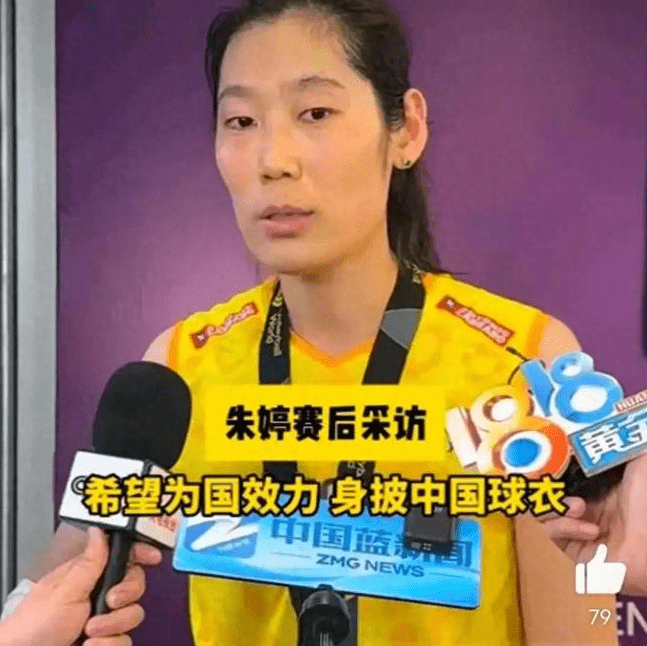
After Lang Ping retired, new coach Cai Bin took on tremendous pressure. To be honest, taking over Lang Ping's class is like wearing shoes tailored for others, no matter how hard you try, it is difficult to fit perfectly. With her delicate tactical concepts, super high sideline command ability, and deep understanding of player psychology, Lang Ping laid the foundation for the past glory of the Chinese women's volleyball team, but she also left many problems, such as excessive dependence of the tactical system on core players and lack of effective response to European and American strong attacks.
Cai Bin's challenge is not only to inherit the excellence of Lang Ping, but also to redefine the new Chinese women's volleyball team from scratch. It can be said that this is extremely difficult.
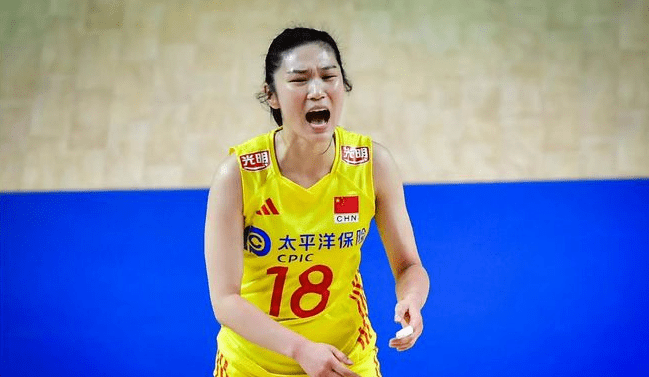
The main attack position has always been a problem often discussed by the Chinese women's volleyball team. In the past, we mainly relied on high-point strong attacks, such as Zhu Ting, who used her absolute height and strength to defeat opponents without any resistance on the international stage. But with the overall improvement in height and skills of European and American players, the Chinese women's volleyball team has long had no obvious advantage in attacking battles.
Currently, the main attackers are generally less than 190cm tall, which makes them struggle when facing European and American teams with high blocking nets. Moreover, without the strong attack, China's scoring methods have become more dependent on delicate passing and overall coordination, greatly increasing the complexity of tactics. The setter has become the backbone of the team all at once.
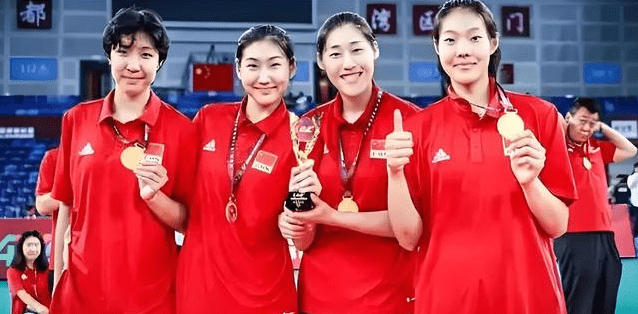
Indeed, this also provides an opportunity to promote the transformation of the Chinese women's volleyball team from "single-point explosion" to "multiple points blooming." However, the question is whether this system can be quickly established? Can the players quickly adapt? These potential uncertainties have become a big mountain standing in front of the team.
Compared to veterans, the emergence of young players is undoubtedly a highlight of this cycle. Names like Wu Mengjie and Zhuang Yushan may already be familiar to some fans. Especially in international youth events like U21 and U17, their performances are really eye-catching. Taking Wu Mengjie as an example, her jumping height, flexibility, and spike accuracy all show astonishing talent. However, talent is just the starting point, and precipitation is the future. There is often a huge psychological and technical gap between the performance of the youth team and top-level international events. When they are still hovering between "potential stocks" and "pillars," the team needs to cultivate and protect them patiently to avoid counterproductive effects due to excessive expectations.
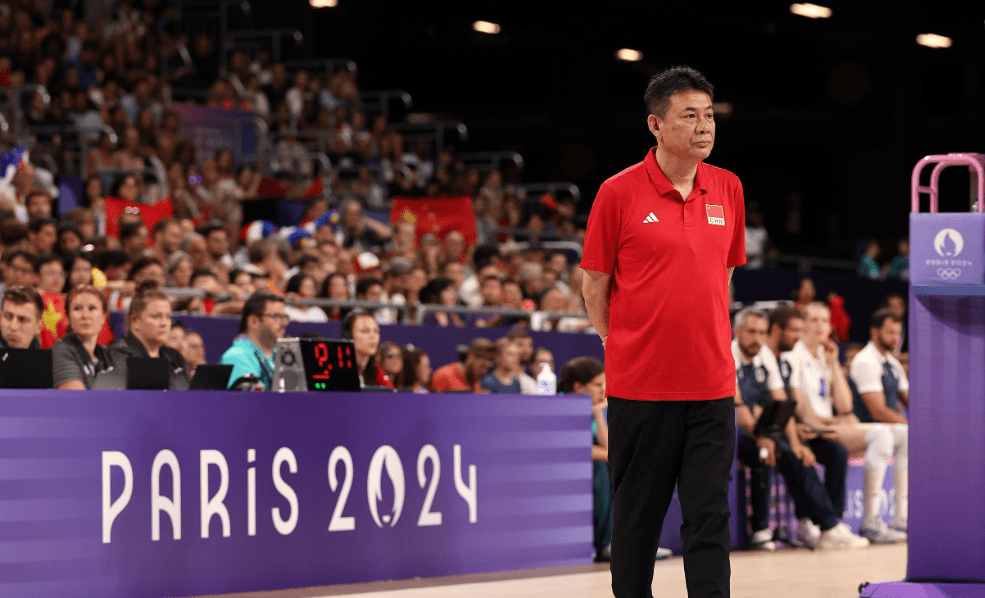
On the other hand, core veterans like Zhu Ting and Yuan Xinyue are still the "stabilizers" of the Chinese women's volleyball team. However, with the accumulation of age and injuries, their future is uncertain. If these veterans go all out, they might be able to hold on for a while; but if their state declines or they are reduced due to injuries, China's combat effectiveness will undoubtedly be significantly affected. Therefore, the combination of newcomers and veterans needs to find the best balance point - this is both a process of adaptation and a gamble.
The growth of young players is even more inseparable from a solid grassroots training system. Compared to the professional system in Europe and America and the attention to detail in Japanese training, the selection mechanism of the Chinese women's volleyball team has always had obvious regional tendencies, such as players from certain cities or provinces occupying most of the spots, and excellent seedlings from remote areas rarely have the opportunity to be discovered.
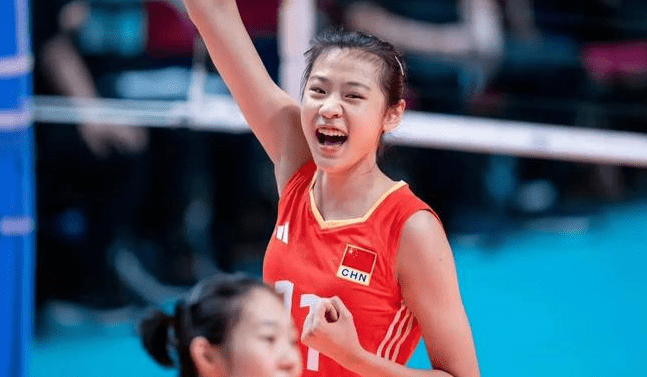
Coupled with the insufficient connection between domestic leagues and the national team, some players who performed brilliantly in their youth are unable to continue their brilliance in the adult team, and the phenomenon of disconnection has become more obvious.
However, it is not entirely hopeless. In the U series events, the performance of the Chinese youth women's volleyball team is still enough to make people look forward to. More importantly, fans need to give enough time and space for trial and error for the transition from the youth team to the national team.

Looking at the international volleyball arena, "fast-paced, diverse, and high physical fitness" has become the main theme. The Italian team relies on "high-point fast attack" to win, the Brazilian team's "comprehensive three-dimensional play" is stable and efficient, and the Japanese team relies on extremely delicate tactical design, despite being short in height but still capable of suppressing many strong teams. Obviously, the global volleyball trend has long since shifted from pure physical confrontation to a combination of technique and wisdom. Is the Chinese women's volleyball team willing to step out of the "comfort zone" of traditional playing methods to meet risks and challenges?
The Los Angeles cycle is an important opportunity for the Chinese women's volleyball team to find its future direction. Looking back, we have had glory and peaks; looking ahead, there are problems and opportunities coexisting. Perhaps this path will not be achieved overnight, but as long as we persist in practicing our internal skills and bravely face difficulties, there is still hope for the future.
The spirit of women's volleyball has never been a narrow choice between victory and defeat; it is an attitude of moving forward without hesitation and the determination to get up every time after falling. Therefore, let us believe that this team will usher in their "dawn moment."